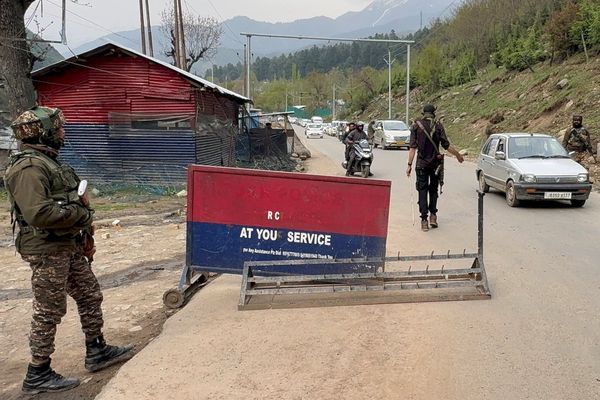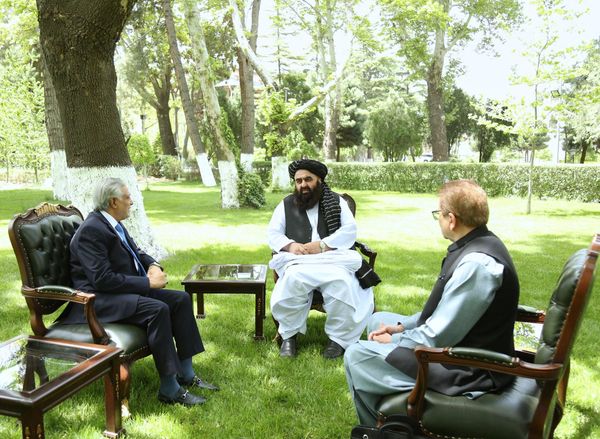One would never imagine that huge volumes of freshwater exist under the saline ocean. In the 1960s, says a media report, the U.S. Geological Survey drilled boreholes off the New Jersey coast and unexpectedly struck freshwater. Similarly, with time, a team of scientists from Vietnam and even in other countries have discovered underwater sources of fresh water. For example, a river under the sea was discovered at the bottom of the Black Sea. This river appears to be over a 100 feet deep and has a flow rate of about four miles per hour; about 22,000 cubic meters of water passes through this particular channel. It would count among one of the largest rivers in the world when compared to land-based rivers, say media links. This makes one thing certain: there is scientific evidence of rivers under the sea.
Statistics show that the total volume of water on earth is estimated at 1.386 billion km3, where 97.5% is salt water and 2.5% freshwater. Out of this freshwater, only 0.3% is in liquid form on the surface, which means that the rest of the freshwater is underground, including on or under the ocean bed.
Considering that freshwater is a depleting resource, countries will begin exploring for and exploiting freshwater from above or under their ocean bed, within their maritime zones. Eventually, countries will expand exploration beyond their Exclusive Economic Zone (EEZ), into what is commonly known as the “Area”, which is covered under Part XI of the United Nations Law of the Sea Convention, 1982 (UNCLOS). The “Area” under UNCLOS is defined as the seabed and ocean floor and subsoil thereof, beyond the limits of national jurisdiction and is referred to as the common heritage of mankind. This means that it is available for everyone’s use and benefit, keeping in mind the future generations.
The law of the sea
Although UNCLOS arrays most of the internationally accepted law on the subject, customary international law continues to remain an important source of the law of the sea. While UNCLOS is known as a single comprehensive text covering the constitution and the governance of the oceans, it is interesting to know that the Convention on the Territorial Sea and the Contiguous Zone, the Convention on the High Seas, the Convention on Fishing and Conservation of the Living Resources of the High Seas and the Convention on the Continental Shelf (Geneva Conventions on the Law of the Sea, 1958) cover most of the issues as UNCLOS and these Geneva conventions are mostly platformed over customary international law.
To complicate matters further, Article 311 of UNCLOS states that this Convention shall prevail as between states parties, over the Geneva Conventions on the Law of the Sea, 1958. Hence, not only is UNCLOS not applicable to these non-signatory states but also these countries do not recognise the doctrine of Exclusive Economic Zone (200 nm) or the “Area” (beyond 200 nm). The least of the surprise is that the United States is a signatory to the Geneva Conventions 1958 and not UNCLOS.
Exploration and exploitation of the “Area” under UNCLOS is limited to the term “resources”, which is defined as all solid, liquid or gaseous mineral resources in situ in the Area at or beneath the seabed, including polymetallic nodules — and resources when recovered from the Area are referred to as “minerals”. If this be the case, does the definition of the term “minerals” cover “freshwater”? The International Seabed Authority (referred to as the Authority) is empowered under UNCLOS to administer and control the activities in the Area. Consequently, exploration of all minerals from the Area is required to be in accordance with the rules, regulations and procedures laid down by the Authority. If state parties to UNCLOS are regulated by the Authority, who regulates state parties to the Geneva Conventions, especially in activities concerning mining and exploratory activities in the “Area”?
A zone of exploration
As evident from current events, the next wars are expected to be fought over water and expansion. Given that in the years to come freshwater will become a very scarce and an expensive commodity, the Area will qualify as a potential zone for freshwater exploration and extraction. Just as oil wells are explored and capped for future use, fresh water wells may be identified and capped for future use. In the lacuna of specific legislation and terminologies governing and controlling the advancement of resource beyond national jurisdiction (such as fresh water) integrated with multiple legislations governing the law of the sea, the “Area” will once again attract controversy.
Given that a large international community is diligently working towards Sustainable Development Goals and activities beyond national jurisdictions, arriving at an amicable non-controversial legislative text, addressing various lacunae in the laws of the sea, especially exploratory activities concerning freshwater from the Area, ought to be the next logical milestone. In this, India can take the lead role. This would be an area which would truly benefit mankind, rather than spending gallons of money, looking for water and proposing plans for human settlement on Mars and the moon.
Archana Reddy is Advocate, LLM International Shipping Law-IMO-International Maritime Law Institute (IMLI), Malta







